Gregory's Traction Series
Now the company is delving into briefcases.
New this year, the Traction series, which includes five products geared toward students, travelers and businesspeople, is in the catalog alongside packs made to withstand an ascent of the North Face of Mount Everest.
But the Traction products are far from standard-fare business baggage. The line, which includes a backpack, two messenger-style bags and a pair of small pseudo-attachés, borrows design touches from the company's core outdoors products. In addition, a division of Gregory Mountain Products (www.gregorypacks.com) has sold similar workaday bags in Japan for several years.
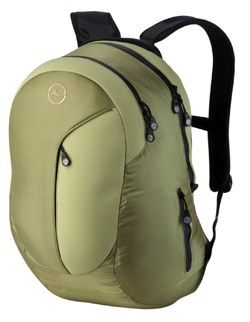
The Rambler
The Rambler, a Traction series model I've been testing, is a backpack with a comfortable harness system, including asymmetrical, padded yoke straps, a waist belt and a sternum strap. Its molded back panel and semi-rigid frame sheet support loads up to 20 pounds or so, and multiple compartments provide room for 1,450 cubic inches of cargo.
At first inspection, the Rambler might look like a pack made for skiing or rock climbing, as its low profile hugs the body. But the Rambler includes features to accommodate laptop computers and other electronics: a padded sleeve to protect a computer is found in the main compartment; small "cord portals" in some of the pockets let you connect headphones to an MP3 player or cell phone stowed away in the bag.
Water resistant zippers seal two large compartments and three small padded accessory pockets. Raindrops bead up on the Rambler's weatherproof nylon exterior.
The $139 pack is well made and comfortable. I found it perfect for bike commuting with a laptop, books and electronics like my iPod and portable hard drive. It does lack a hydration sleeve, exterior mesh pockets and attachment points, limiting its potential use as a crossover backpack for outdoor activities.
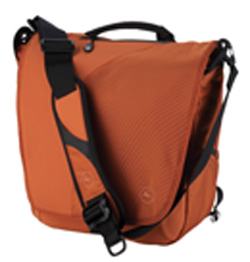
The Diablo
Of the other Traction series models, the Gran Torino and Diablo will be most appropriate for students and businesspeople needing to carry a load. Both of these messenger-style bags have a waterproof vinyl lining to keep your computer safe even if the bag gets set down in a puddle. Both also feature the same weatherproof nylon exterior found on the Rambler backpack.
The Gran Torino ($129) has 1,400 cubic inches of capacity in one large main compartment and several ancillary stash pockets. Like the Rambler, it comes with a removable padded laptop sleeve.
With 975 cubic inches of capacity, the Diablo ($99) is narrower and taller than the Gran Torino. It has space enough inside for a computer and books. On top, the bag has a padded pocket with a water-resistant zipper specifically made to stash a cell phone or MP3 player.


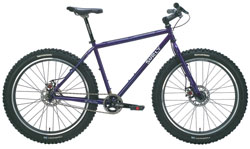
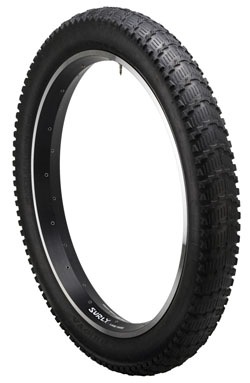
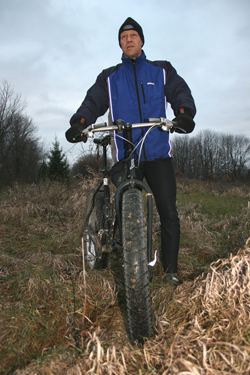
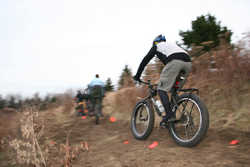
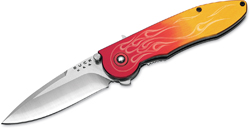
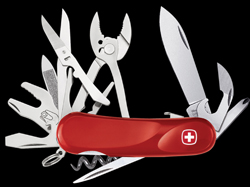
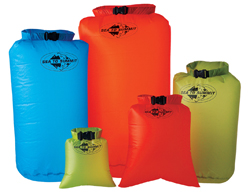
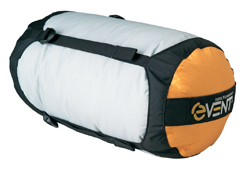

 Subscribe to Stephen's RSS Feed
Subscribe to Stephen's RSS Feed
 Subscribe to Stephen's RSS Feed
Subscribe to Stephen's RSS Feed